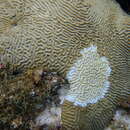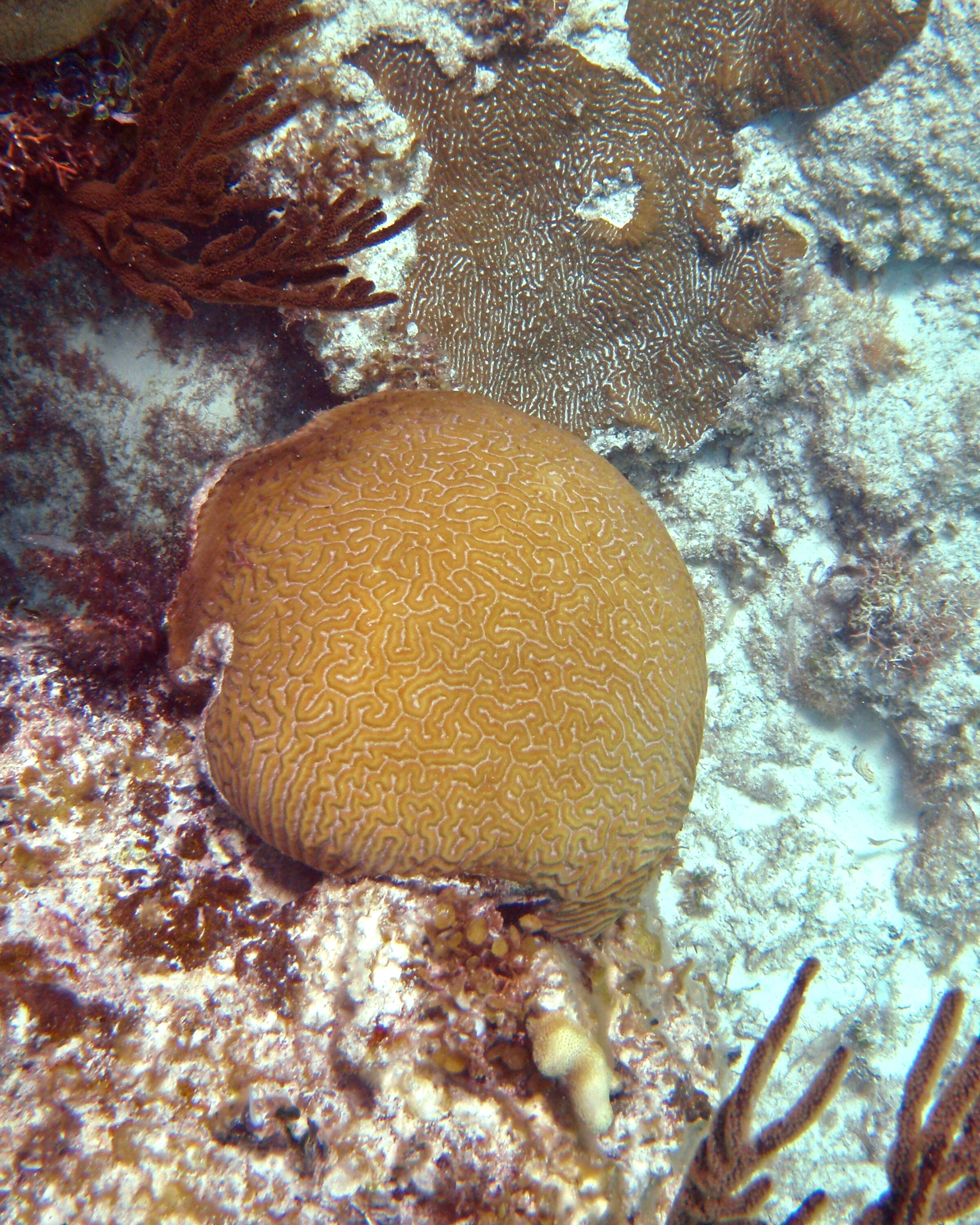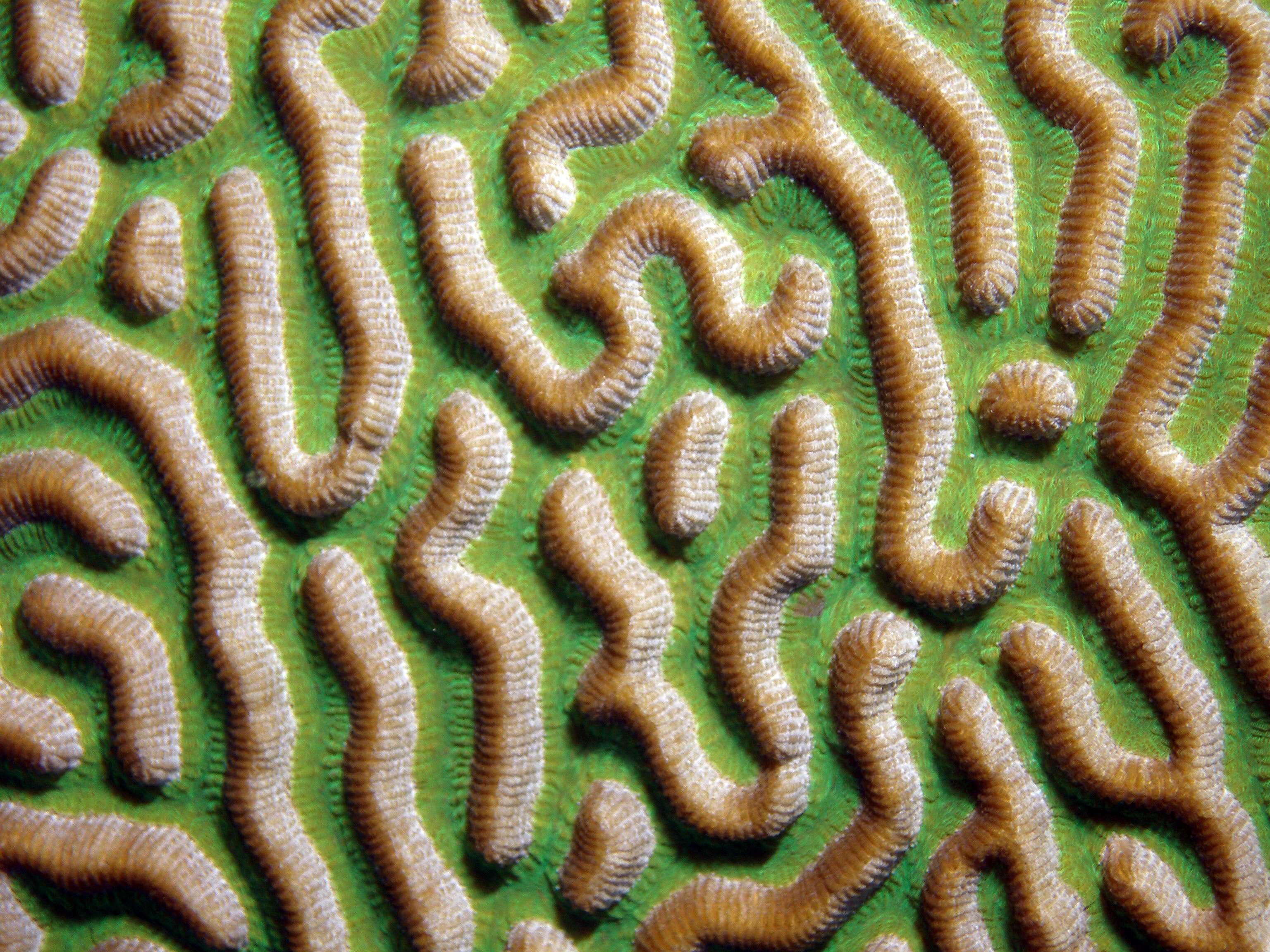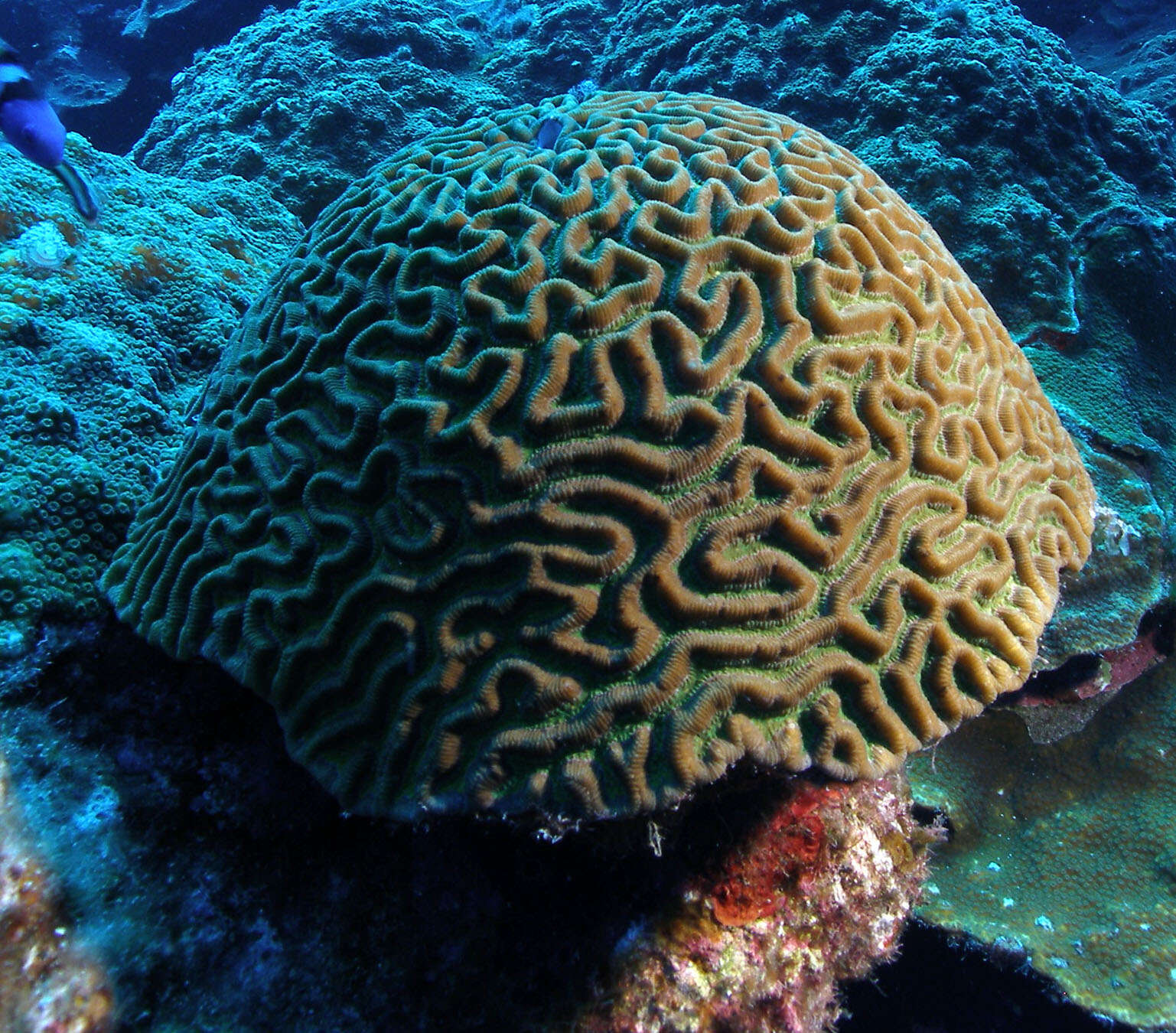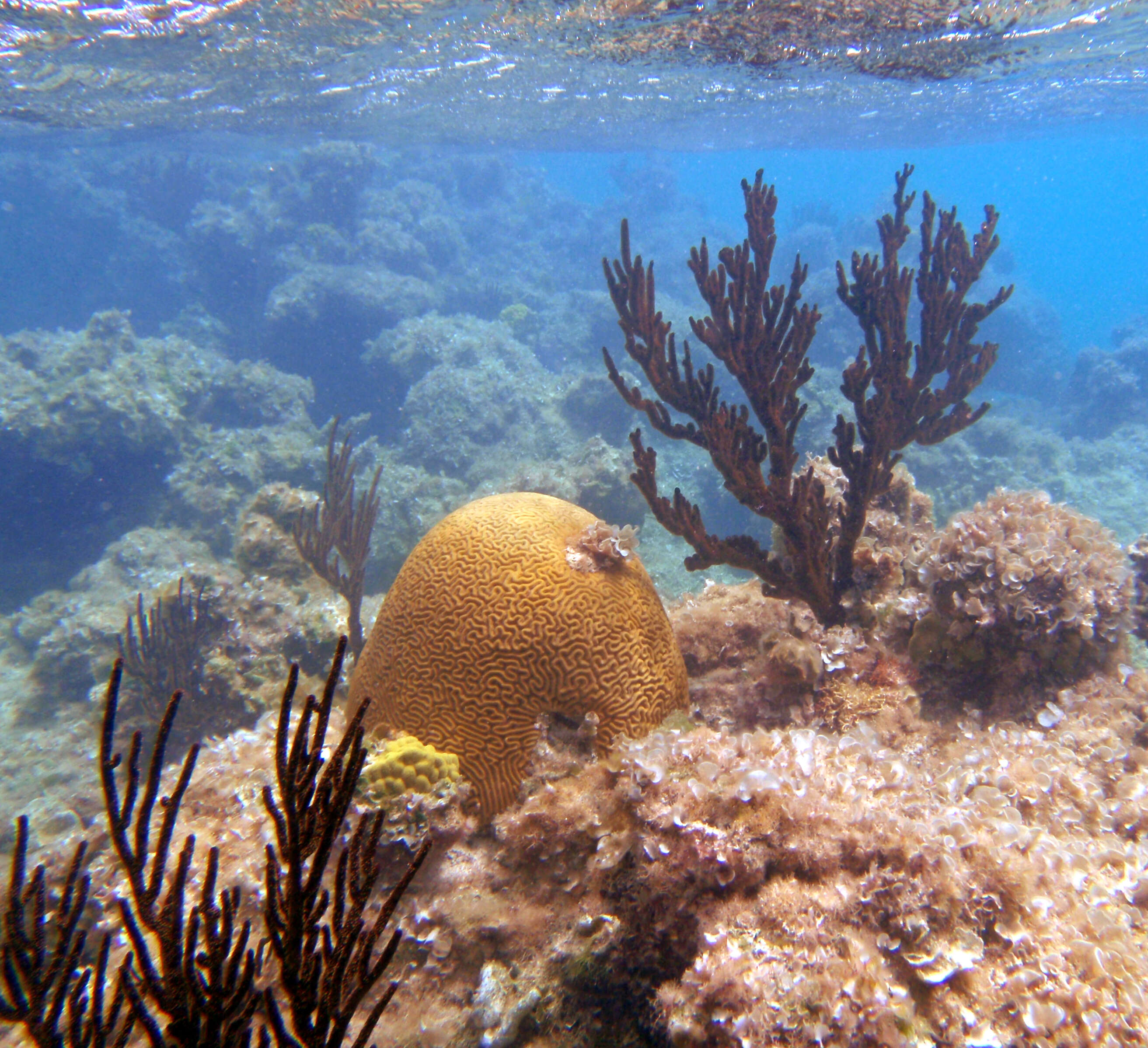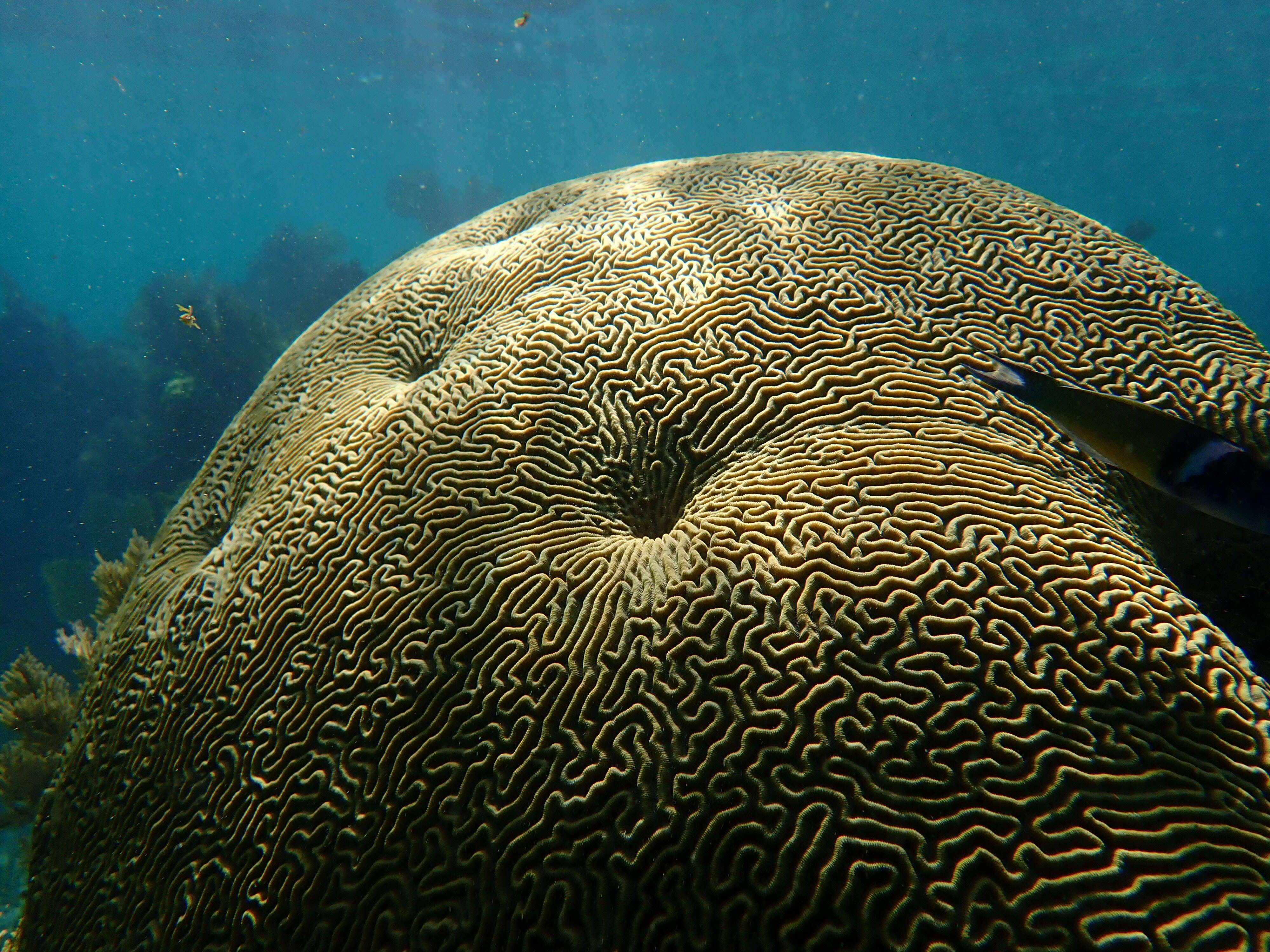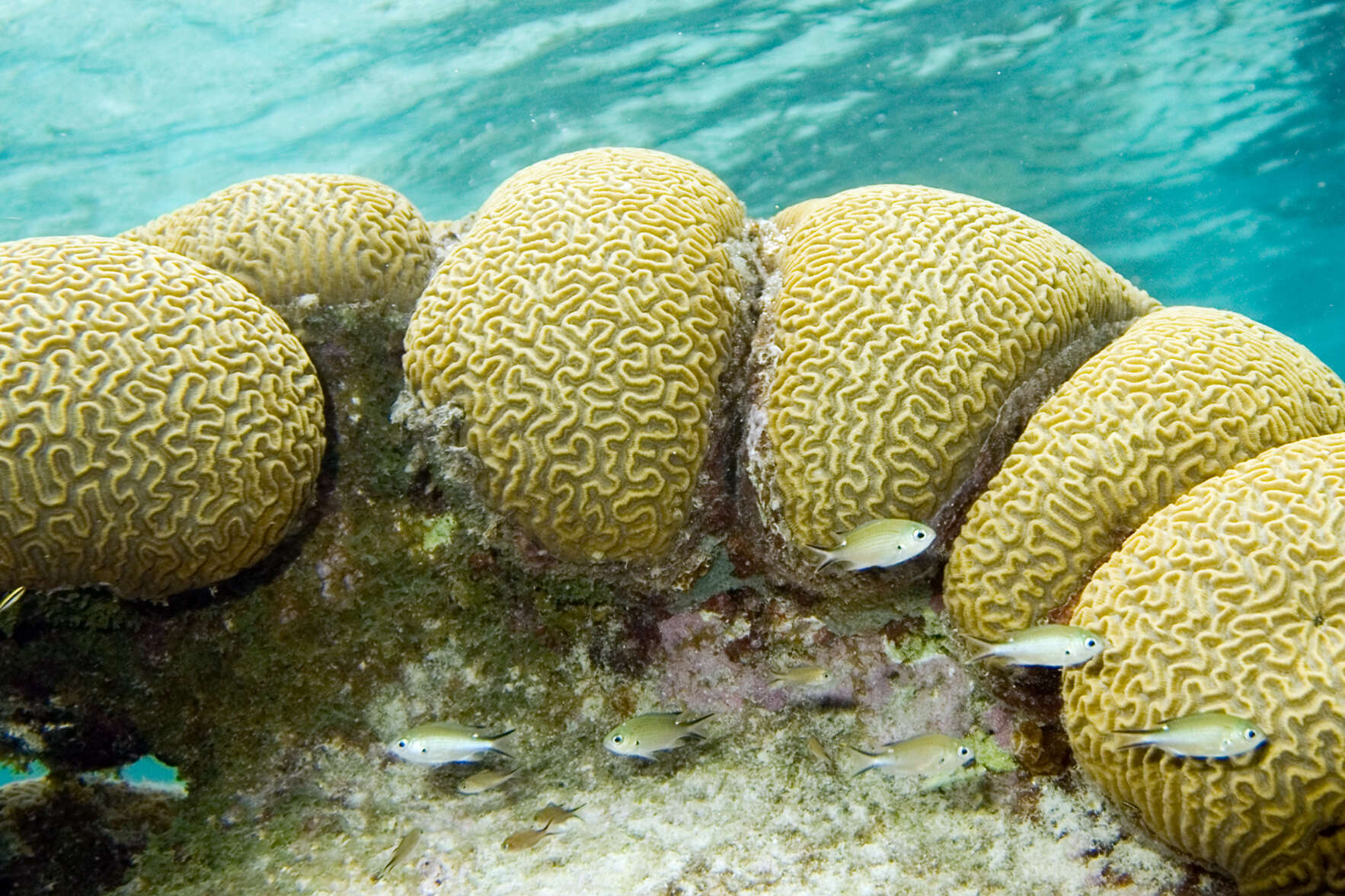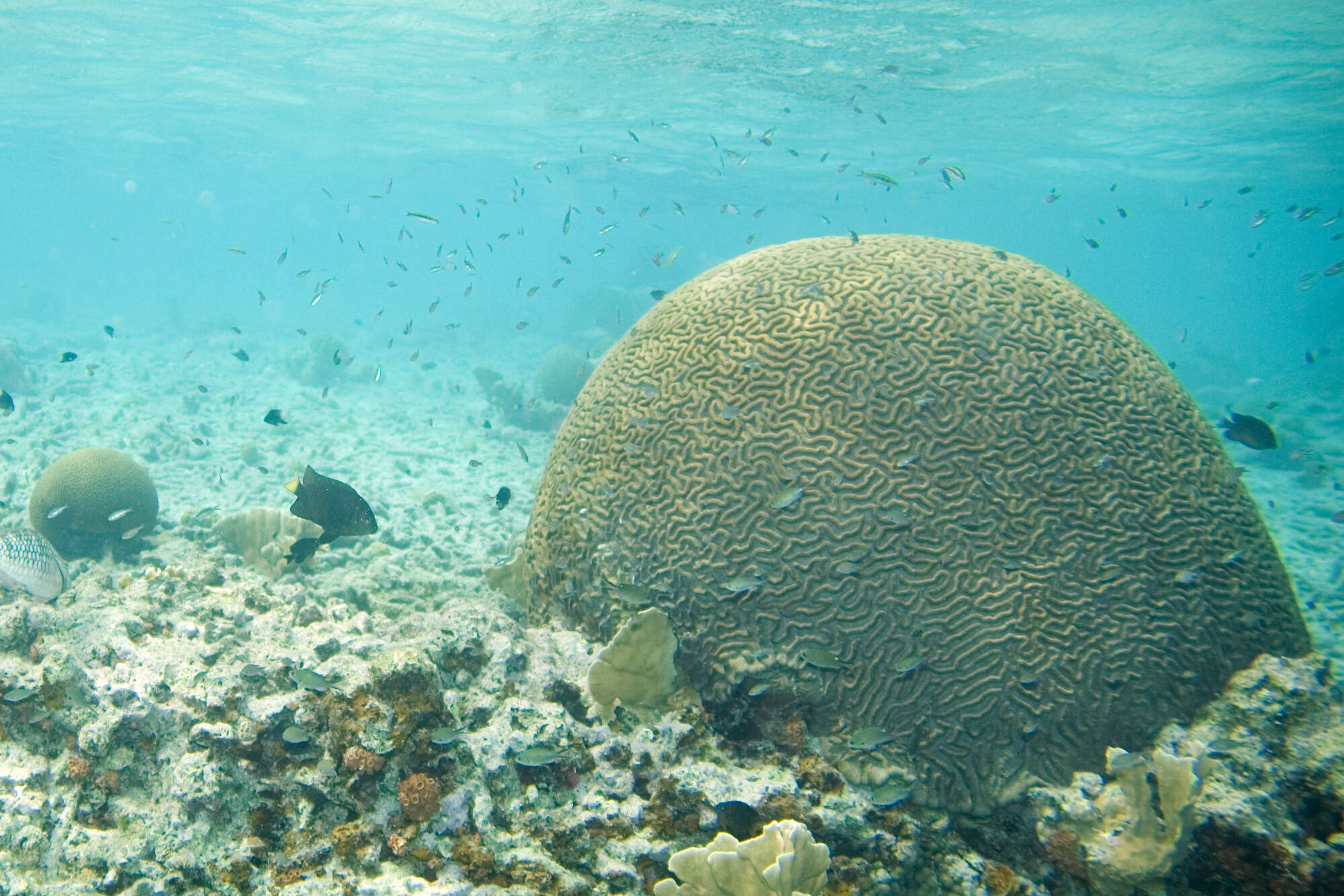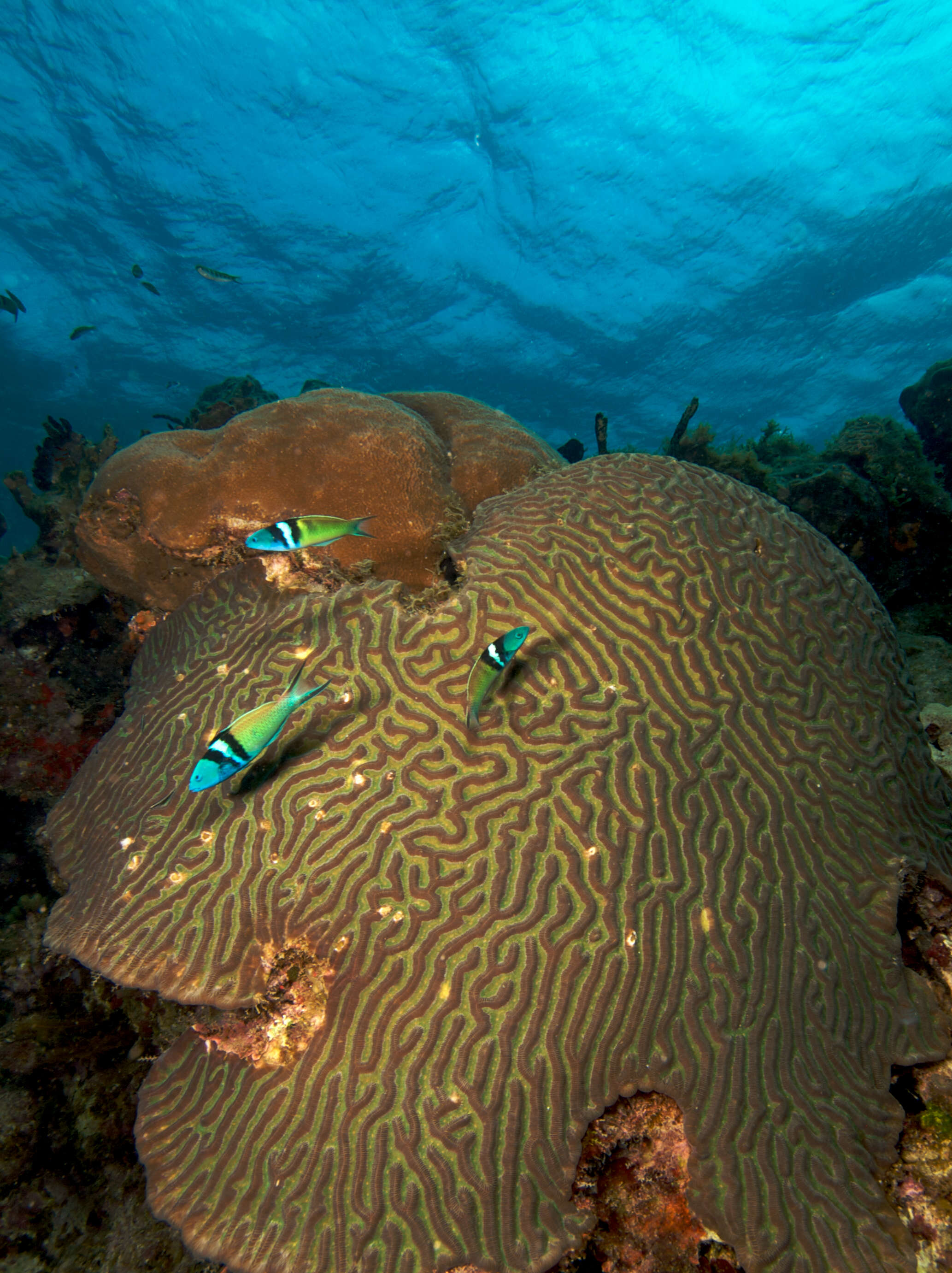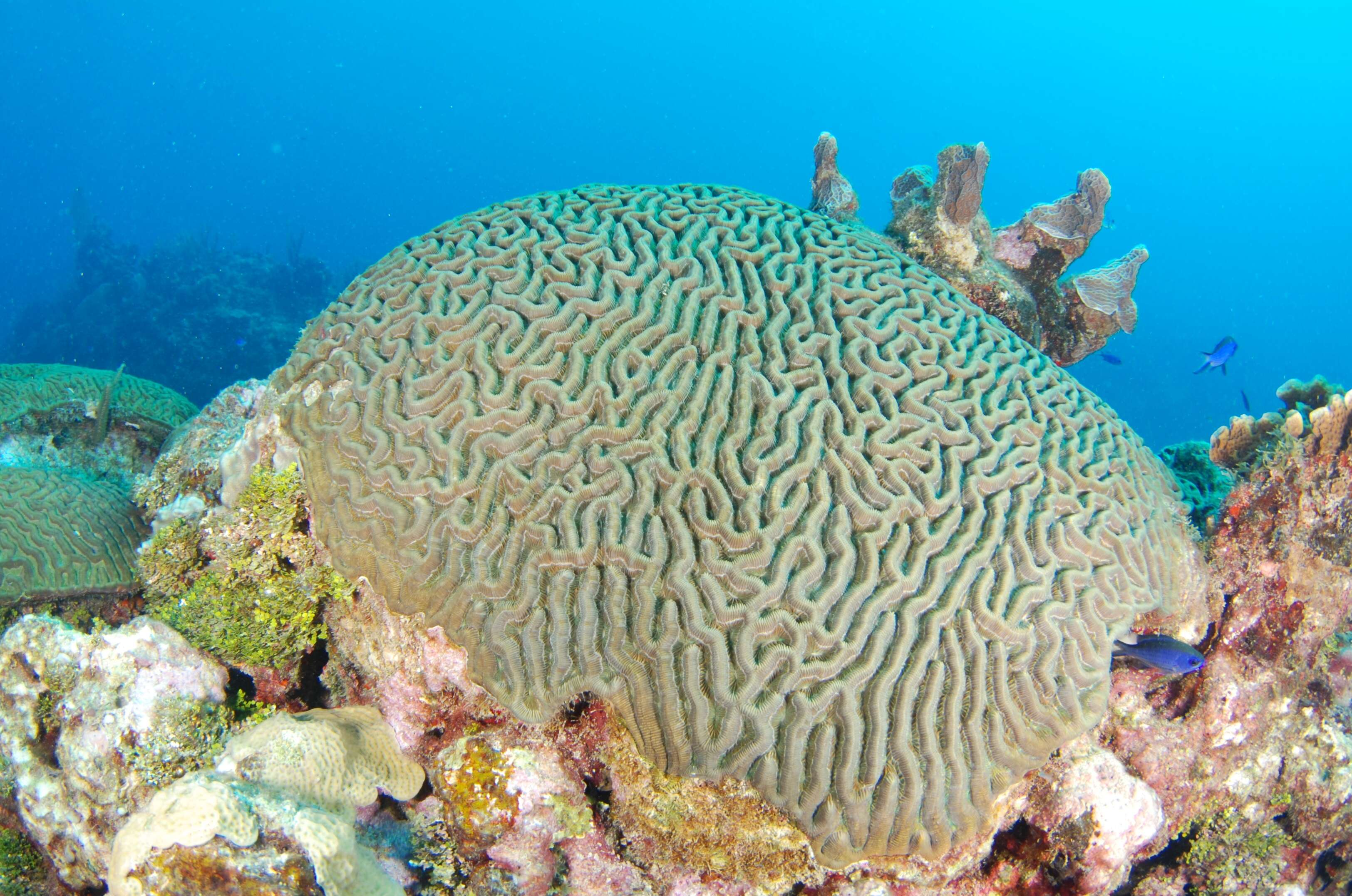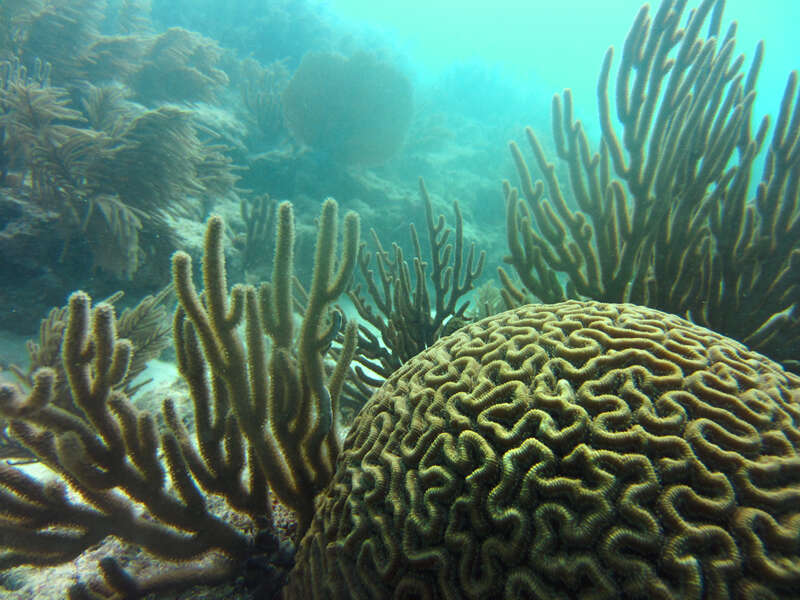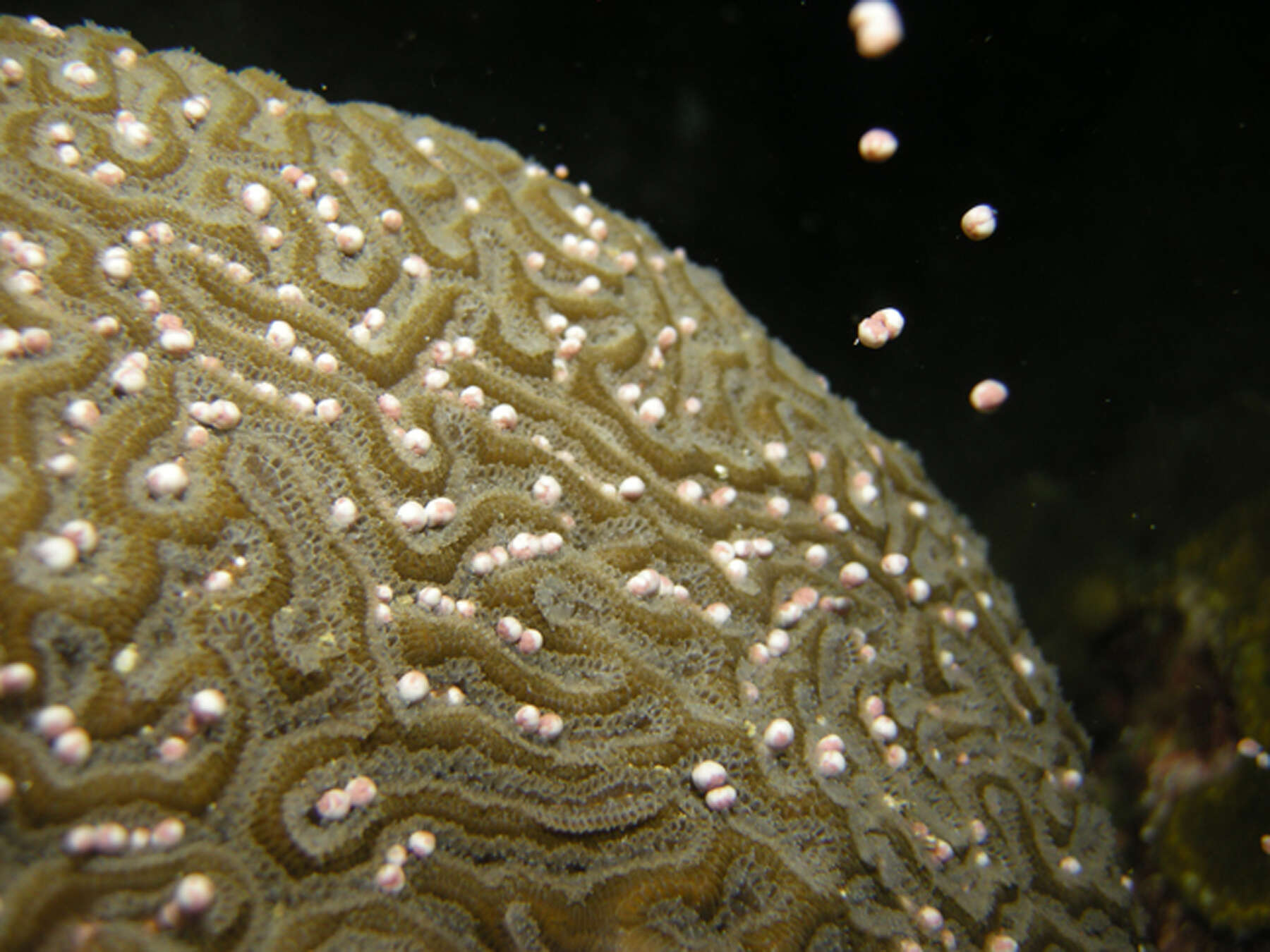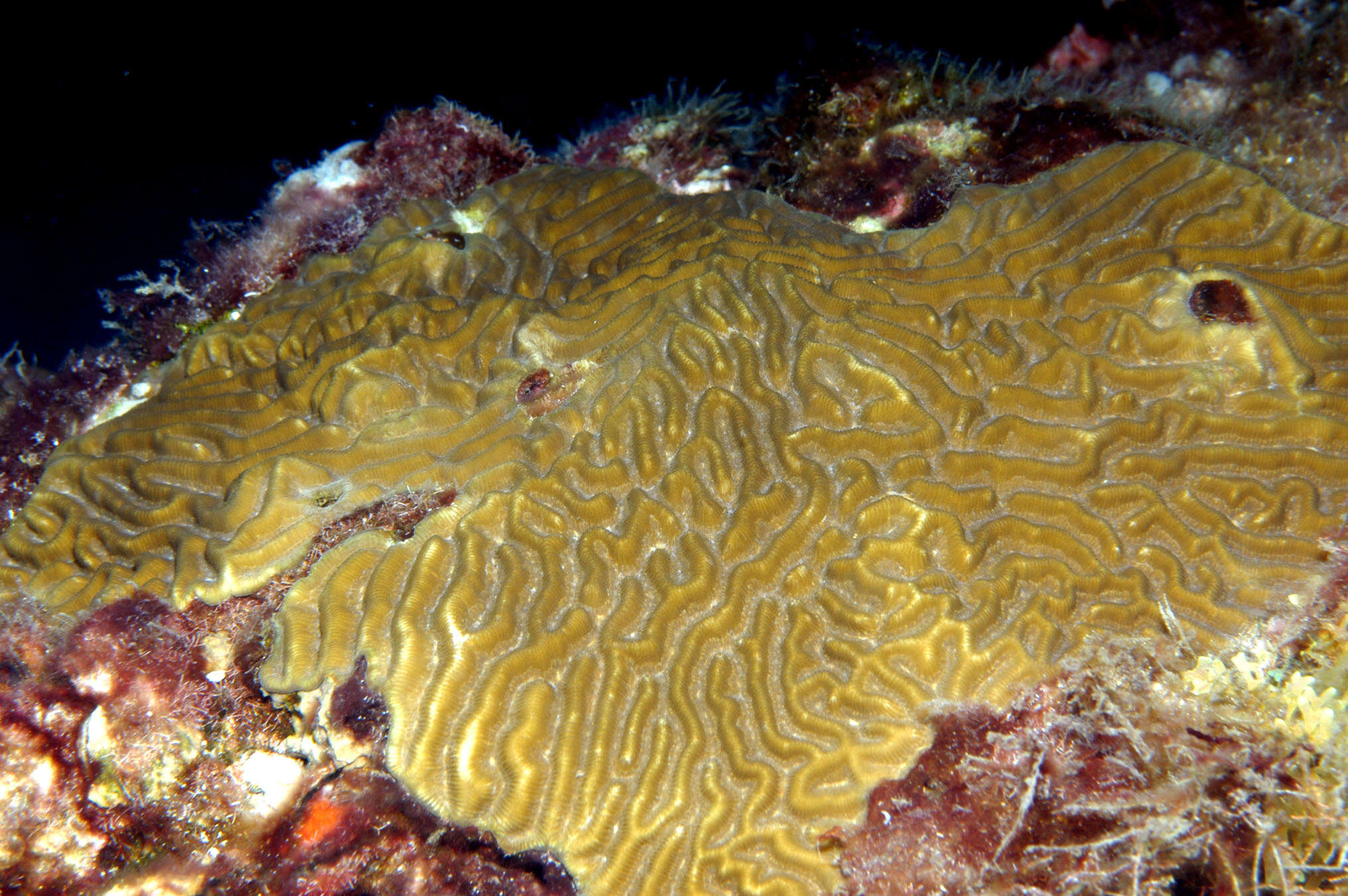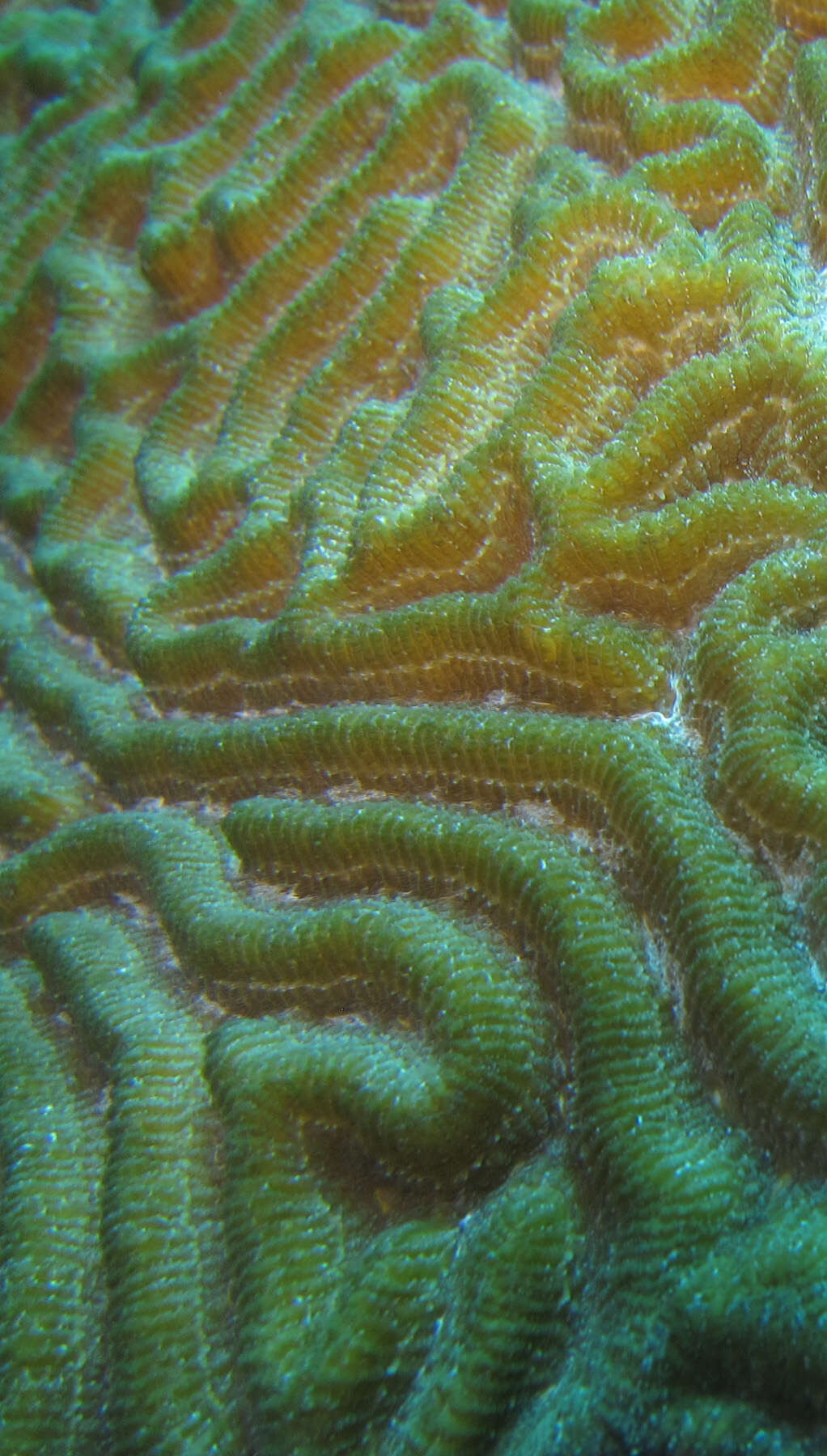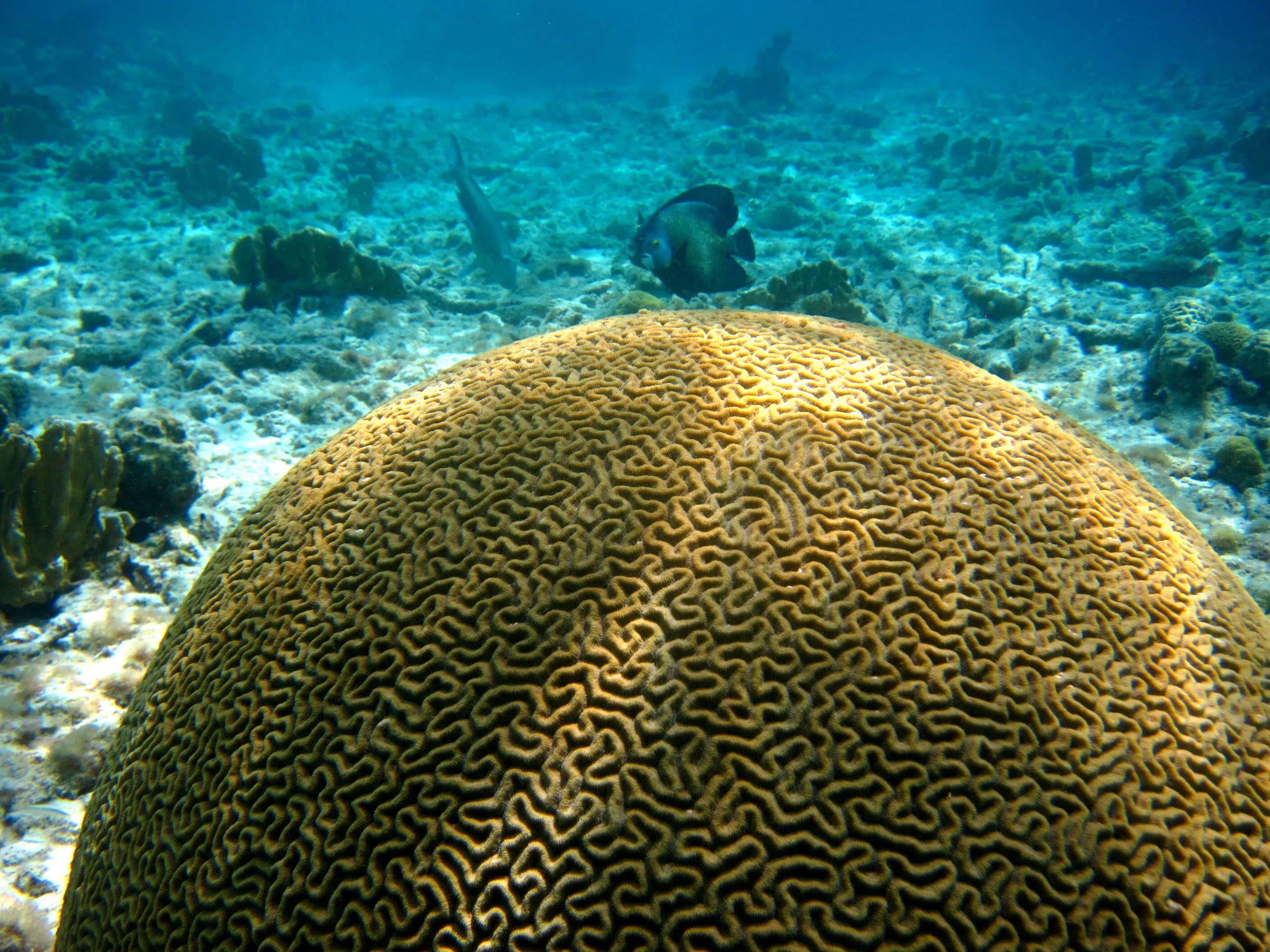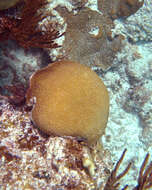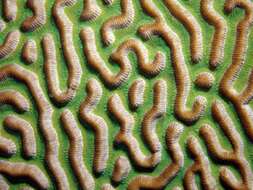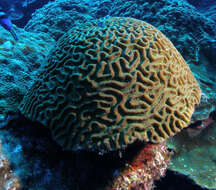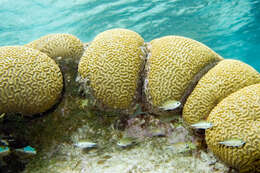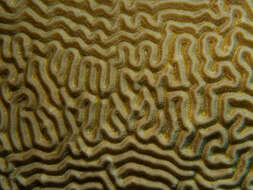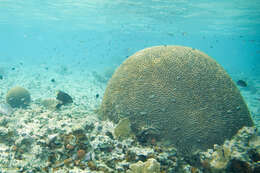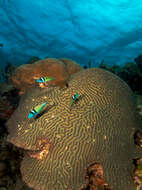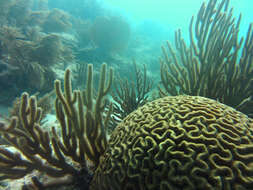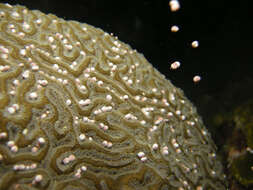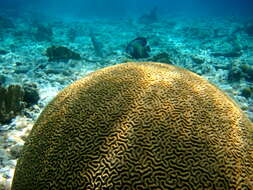Summary.mw-parser-output table.commons-file-information-table,.mw-parser-output.fileinfotpl-type-information{border:1px solid #a2a9b1;background-color:#f8f9fa;padding:5px;font-size:95%;border-spacing:2px;box-sizing:border-box;margin:0;width:100%}.mw-parser-output table.commons-file-information-table>tbody>tr,.mw-parser-output.fileinfotpl-type-information>tbody>tr{vertical-align:top}.mw-parser-output table.commons-file-information-table>tbody>tr>td,.mw-parser-output table.commons-file-information-table>tbody>tr>th,.mw-parser-output.fileinfotpl-type-information>tbody>tr>td,.mw-parser-output.fileinfotpl-type-information>tbody>tr>th{padding:4px}.mw-parser-output.fileinfo-paramfield{background:#ccf;text-align:right;padding-right:0.4em;width:15%;font-weight:bold}.mw-parser-output.commons-file-information-table+table.commons-file-information-table,.mw-parser-output.commons-file-information-table+div.commons-file-information-table>table{border-top:0;padding-top:0;margin-top:-8px}@media only screen and (max-width:719px){.mw-parser-output table.commons-file-information-table,.mw-parser-output.commons-file-information-table.fileinfotpl-type-information{border-spacing:0;padding:0;word-break:break-word;width:100%!important}.mw-parser-output.commons-file-information-table>tbody,.mw-parser-output.fileinfotpl-type-information>tbody{display:block}.mw-parser-output.commons-file-information-table>tbody>tr>td,.mw-parser-output.commons-file-information-table>tbody>tr>th,.mw-parser-output.fileinfotpl-type-information>tbody>tr>td,.mw-parser-output.fileinfotpl-type-information>tbody>tr>th{padding:0.2em 0.4em;text-align:left;text-align:start}.mw-parser-output.commons-file-information-table>tbody>tr,.mw-parser-output.fileinfotpl-type-information>tbody>tr{display:flex;flex-direction:column}.mw-parser-output.commons-file-information-table+table.commons-file-information-table,.mw-parser-output.commons-file-information-table+div.commons-file-information-table>table{margin-top:-1px}.mw-parser-output.fileinfo-paramfield{box-sizing:border-box;flex:1 0 100%;width:100%}} Description: Diploria strigosa (Dana, 1846) - symmetrical brain coral on a patch reef. (photo taken by Mark Peter) Stony corals have a patchy distribution in the shallow marine waters surrounding San Salvador Island. They occur as isolated individual colonies, in patch reefs, fringing reefs, and barrier reefs. Stony corals are scleractinian anthozoan cnidarians (there are also non-scleractinian stony corals in the fossil record, such as tabulates and rugosans). They consist of individuals or colonies of gelatinous polyps that secrete hard skeletons of aragonite (CaCO3). Most scleractinian corals live in warm, tropical to subtropical, photic zone environments (the shallow portions of the world’s oceans where sunlight penetrates). Microbes (Symbiodinium - Protista, Dinoflagellata/Pyrrhophyta) called zooxanthellae live in their tissues and need to be in sunlight to make their own food (photosynthesis), which is shared with the host coral animal. Scleractinian corals have stinging cells (nematocysts) in their tentacles that paralyze prey. Diploria brain corals are easily identified by the presence of convoluted, labyrinthiform corallites. The brown, branching organisms are octocorals. The bright yellow-colored coral on the lower left side of the brain coral is Porites astreoides - the mustard hill coral. Classification: Animalia, Cnidaria, Anthozoa, Scleractinia, Faviidae Locality: Lindsay Reef, southern Long Bay, offshore western San Salvador Island, eastern Bahamas. Date: 24 March 2009, 12:50. Source:
Diploria strigosa (symmetrical brain coral) (San Salvador Island, Bahamas) 1. Author:
James St. John.

